It’s legitimately an intergalactic reservoir.
Astronomers, including a team led by Matt Bradford of JPL, found a feeding black hole soaking in water vapor.
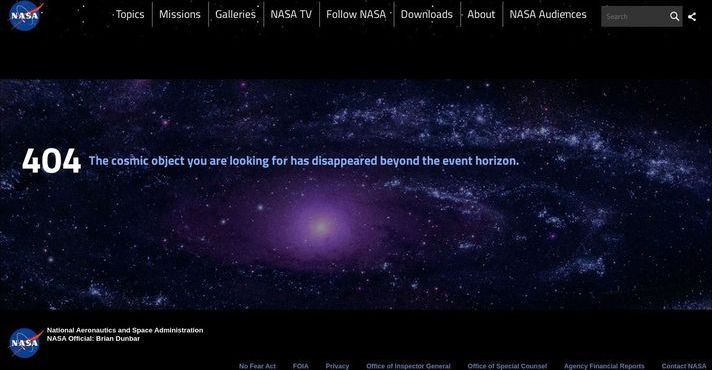

“Strange metals” have that name for a reason – these materials exhibit some unusual conductive properties and surprisingly, even have things in common with black holes. Now, a new study has characterized them in more detail, and found that strange metals constitute a new state of matter.
So-called strange metals differ from regular metals because their electrical resistance is directly linked to temperature. Electrons in strange metals are seen to lose their energy as fast as the laws of quantum mechanics allow. But that’s not all – their conductivity is also linked to two fundamental constants of physics: Planck’s constant, which defines how much energy a photon can carry, and Boltzmann’s constant, which relates the kinetic energy of particles in a gas with the temperature of that gas.
While these properties have been well observed over the years, scientists have had a hard time accurately modeling strange metals. So in a new study, researchers from the Flatiron Institute and Cornell University set out to solve the model, right down to absolute zero – lower than the lowest possible temperature for materials.
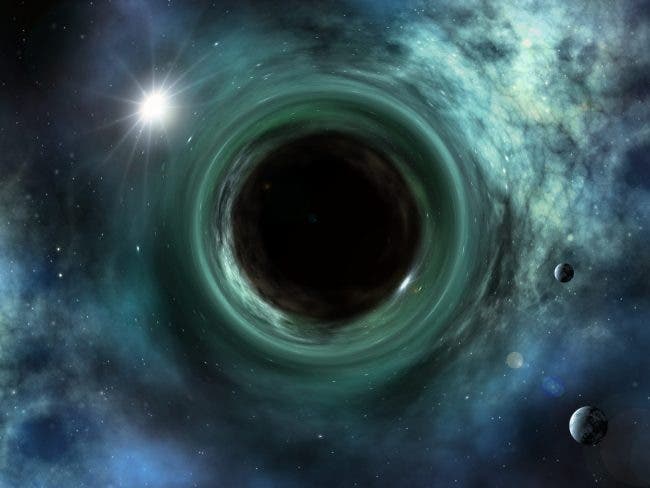
“Not only does God play dice but… he sometimes throws them where they cannot be seen,” said Stephen Hawking about the paradoxical physics of black Holes. Welcome to the bizarre quantum world of “strange metals” –a new state of matter.
“The fact that we call them strange metals should tell you how well we understand them. Strange metals share remarkable properties with black holes, opening exciting new directions for theoretical physics,” says Olivier Parcollet, a senior research scientist at the Flatiron Institute’s Center for Computational Quantum Physics (CCQ), about the quantum world of metals that dissipate energy as fast as they’re allowed to under the laws of quantum mechanics. The electrical resistivity of a strange metal, unlike that of ordinary metals, is proportional to the temperature.
Even by the standards of quantum physicists, reports the Flatiron Institute, strange metals are just plain odd. Generating a theoretical understanding of strange metals is one of the biggest challenges in condensed matter physics. Now, using cutting-edge computational techniques, researchers from the Flatiron Institute and Cornell University have solved the first robust theoretical model of strange metals. The work reveals that strange metals are a new state of matter, the researchers report July 22 in the Proceedings of the National Academy of Sciences.
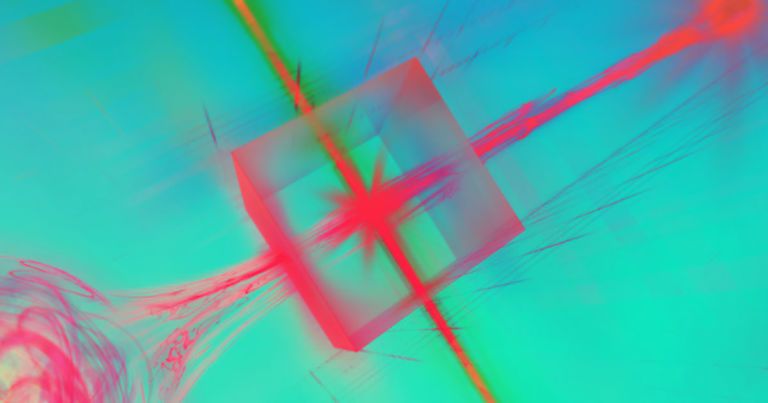
Extreme Conditions
A metal’s electrical resistance, or how much it impedes the flow of electricity, is determined by a number of factors. But, according to the new research, if a superconducting metal — one that doesn’t impede electrical currents at all — is heated past the temperature at which it can still superconduct, it becomes a strange metal. At that point, its resistance is determined only by temperature and two fundamental constants — the same three factors that determine many qualities of a black hole.
“The fact that we call them strange metals should tell you how well we understand them,” Olivier Parcollet from the Flatiron Institute’s Center for Computational Quantum Physics said in a press release. “Strange metals share remarkable properties with black holes, opening exciting new directions for theoretical physics.”
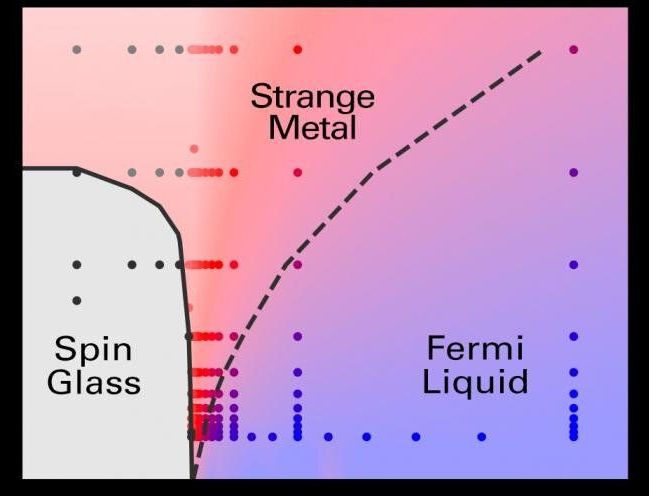
Even by the standards of quantum physicists, strange metals are just plain odd. The materials are related to high-temperature superconductors and have surprising connections to the properties of black holes. Electrons in strange metals dissipate energy as fast as they’re allowed to under the laws of quantum mechanics, and the electrical resistivity of a strange metal, unlike that of ordinary metals, is proportional to the temperature.
Generating a theoretical understanding of strange metals is one of the biggest challenges in condensed matter physics. Now, using cutting-edge computational techniques, researchers from the Flatiron Institute in New York City and Cornell University have solved the first robust theoretical model of strange metals. The work reveals that strange metals are a new state of matter, the researchers report July 22 in the Proceedings of the National Academy of Sciences.
“The fact that we call them strange metals should tell you how well we understand them,” says study co-author Olivier Parcollet, a senior research scientist at the Flatiron Institute’s Center for Computational Quantum Physics (CCQ). “Strange metals share remarkable properties with black holes, opening exciting new directions for theoretical physics.”
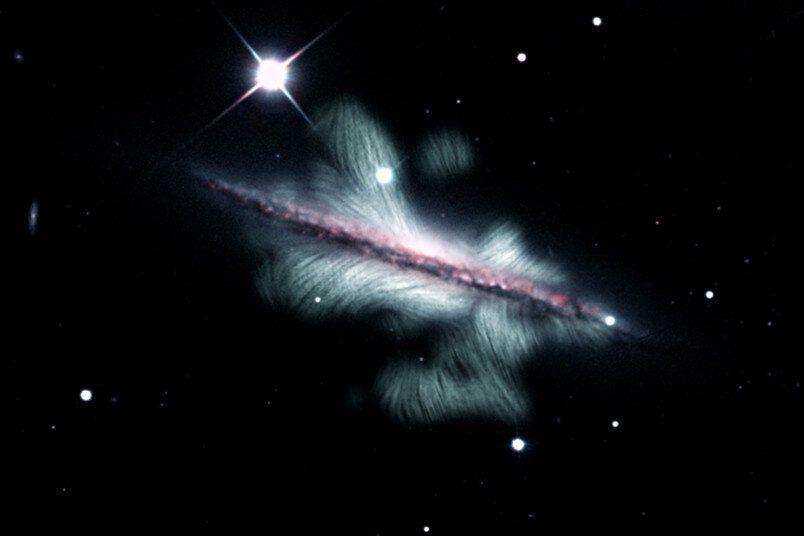
Spiral galaxies such as our Milky Way can have sprawling magnetic fields. There are various theories about their formation, but so far the process is not well understood. An international research team has now analyzed the magnetic field of the Milky Way-like galaxy NGC 4217 in detail on the basis of radio astronomical observations and has discovered as yet unknown magnetic field structures. The data suggest that star formation and star explosions, so-called supernovae, are responsible for the visible structures.
The team led by Dr. Yelena Stein from Ruhr-Universität Bochum, the Centre de Données astronomiques de Strasbourg and the Max Planck Institute for Radio Astronomy in Bonn together with US-American and Canadian colleagues, published their report in the journal Astronomy and Astrophysics, released online on 21 July 2020.
The analyzed data had been compiled in the project “Continuum Halos in Nearby Galaxies”, where radio waves were utilized to measure 35 galaxies. “Galaxy NGC 4217 is of particular interest to us,” explains Yelena Stein, who began the study at the Chair of Astronomy at Ruhr-Universität Bochum under Professor Ralf-Jürgen Dettmar and who currently works at the Centre de Données astronomiques de Strasbourg. NGC 4217 is similar to the Milky Way and is only about 67 million light years away, which means relatively close to it, in the Ursa Major constellation. The researchers therefore hope to successfully transfer some of their findings to our home galaxy.
The Sloan Digital Sky Survey (SDSS) released today a comprehensive analysis of the largest three-dimensional map of the universe ever created, filling in the most significant gaps in our possible exploration of its history.
“We know both the ancient history of the universe and its recent expansion history fairly well, but there’s a troublesome gap in the middle 11 billion years,” says cosmologist Kyle Dawson of the University of Utah, who leads the team announcing today’s results. “For five years, we have worked to fill in that gap, and we are using that information to provide some of the most substantial advances in cosmology in the last decade.”
The new results come from the extended Baryon Oscillation Spectroscopic Survey (eBOSS), an international collaboration of more than 100 astrophysicists that is one of the SDSS’s component surveys. At the heart of the new results are detailed measurements of more than two million galaxies and quasars covering 11 billion years of cosmic time.
The second most distant quasar ever discovered now has a Hawaiian name.
Astronomers have discovered the second most distant quasar ever found, using the international Gemini Observatory and Cerro Tololo Inter-American Observatory (CTIO), Programs of NSF’s NOIRLab. It is also the first quasar to receive an indigenous Hawaiian name, Pōniuāʻena. The quasar contains a monster black hole, twice the mass of the black hole in the only other quasar found at the same epoch, challenging the current theories of supermassive black hole formation and growth in the early Universe.
After more than a decade of searching for the first quasars, a team of astronomers used the NOIRLab’s Gemini Observatory and CTIO to discover the most massive quasar known in the early Universe — detected from a time only 700 million years after the Big Bang [1]. Quasars are the most energetic objects in the Universe, powered by their supermassive black holes, and since their discovery astronomers have been keen to determine when they first appeared in our cosmic history.
Scientists at the University of Waterloo played a big role in a 20-year global project to make a 3D map of the universe, which will help improve knowledge about the expansion of the universe.
Welcome to The National, the flagship nightly newscast of CBC News.
»»» Subscribe to The National to watch more videos here:
Voice your opinion and connect with us online:
Facebook | https://www.facebook.com/thenational
Twitter | https://twitter.com/CBCTheNational
Instagram | https://www.instagram.com/cbcthenational
»»» »»» »»» »»» »»»
The National is CBC Television’s flagship news program, featuring the day’s top stories with in-depth and original journalism.
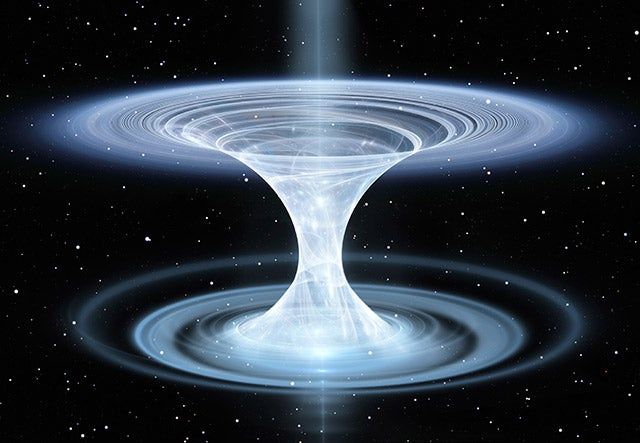
Ripped from the pages of a sci-fi novel, physicists have crafted a wormhole that tunnels a magnetic field through space.
“This device can transmit the magnetic field from one point in space to another point, through a path that is magnetically invisible,” said study co-author Jordi Prat-Camps, a doctoral candidate in physics at the Autonomous University of Barcelona in Spain. “From a magnetic point of view, this device acts like a wormhole, as if the magnetic field was transferred through an extra special dimension.”
The idea of a wormhole comes from Albert Einstein’s theories. In 1935, Einstein and colleague Nathan Rosen realized that the general theory of relativity allowed for the existence of bridges that could link two different points in space-time. Theoretically these Einstein-Rosen bridges, or wormholes, could allow something to tunnel instantly between great distances (though the tunnels in this theory are extremely tiny, so ordinarily wouldn’t fit a space traveler). So far, no one has found evidence that space-time wormholes actually exist. [Science Fact or Fiction? The Plausibility of 10 Sci-Fi Concepts].